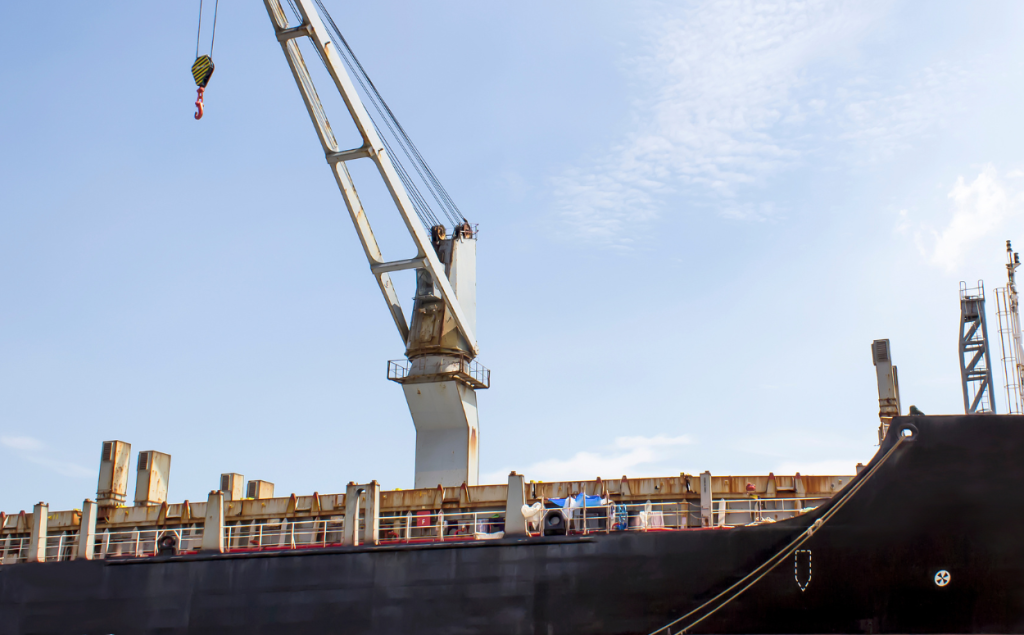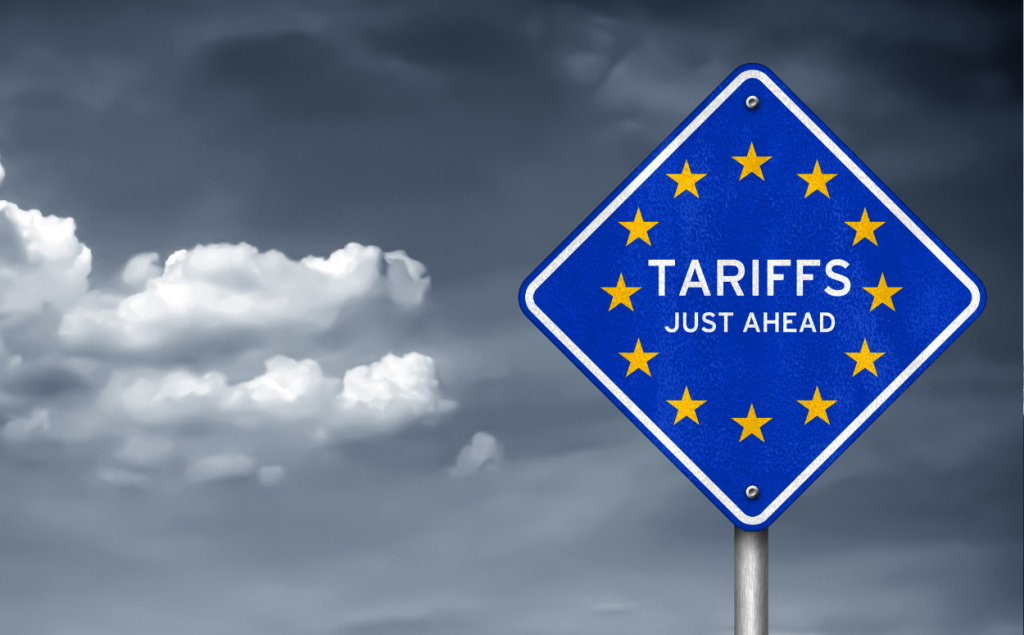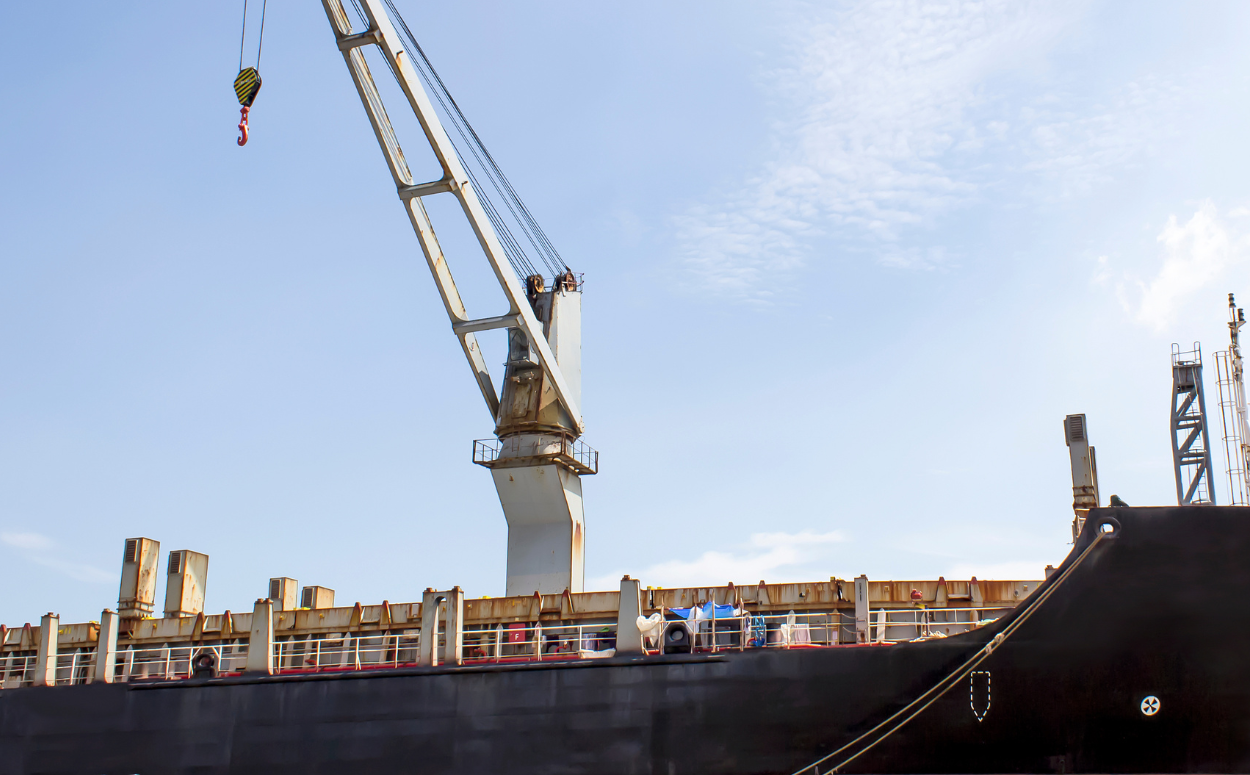3PLs are helping brands during the extra costs of tariffs.
In the fast-paced world of e-commerce, inventory management is a delicate balance. Stock too much, and you’re paying for storage. Stock too little, and you’re risking delays and unhappy customers. But in 2025, there’s a new layer of complexity brands must navigate: tariffs.
With trade policies shifting and global tensions affecting import costs, tariffs are doing more than impacting your bottom line—they’re forcing a complete rethink of how and where you store your inventory. Fortunately, third-party logistics (3PL) providers are stepping up to help brands adapt in real time.
Here’s how 3PLs are helping e-commerce businesses stay agile, responsive, and profitable, even as tariffs continue to shake up the supply chain.

Table of Contents
Why Tariffs Are Disrupting Inventory Management in 2025
Tariffs are taxes imposed on imported goods, and they’re no longer just a line item buried in your cost of goods sold. In today’s global market, tariffs are directly influencing sourcing decisions, inventory levels, warehousing locations, and even product design.
A few key developments in 2025have accelerated this disruption:
- Expanded tariffs on Chinese-manufactured goods, including electronics, apparel, packaging, and machinery.
- Carbon tariffs introduced by the EU and U.S. that penalize goods based on emissions during production or transport.
- More aggressive enforcement of origin-based classifications, requiring detailed documentation and customs compliance.
These changes create uncertainty and added costs at the exact moment brands are trying to offer faster shipping, optimize margins, and respond to demand fluctuations. That’s where modern 3PLs come in.
The Role of 3PLs in Navigating Tariff-Driven Inventory Challenges
Forward-thinking 3PL providersaren’t just storing and shipping goods—they’re becoming strategic partners in helping brands mitigate tariff risks while keeping inventory agile and cost-effective.
Here’s how they’re doing it.
1. Strategic Warehouse Placement Across Multiple Regions
To help brands avoid tariffs—or minimize their impact—3PLs are expanding their warehouse networks into nearshore and low-tariff regions. Think:
- Mexico and Canada to leverage USMCA trade benefits.
- European fulfillment centers for brands expanding overseas.
- Southeast Asia as an alternative to Chinese manufacturing hubs.
By storing products closer to customers or in trade-friendly zones, brands can reduce tariff exposure while still meeting delivery expectations. This distributed inventory model also supports faster delivery times and regional demand planning.
Bonus: Some 3PLs now offer dynamic inventory balancing, automatically shifting stock between warehouses based on tariff changes, shipping costs, or customer demand.
2. Real-Time Inventory Visibility & Predictive Analytics
Tariff management requires data-driven decision-making. 3PLs are stepping up with advanced inventory software that provides:
- Real-time stock levels across all locations
- SKU-level reporting for origin and tariff classification
- Predictive demand forecasting to plan reorders more efficiently
This visibility allows brands to shift inventory preemptively based on tariff updates, shipping delays, or sales trends. For example, if a new tariff is announced on products shipping from Vietnam, you can adjust your next PO and reroute goods before the cost hits.
In short, 3PLs are helping brands be proactive, not reactive.
3. Tariff Classification & Compliance Support
Keeping up with HTS codes, country-of-origin rules, and shifting trade agreements isn’t easy—especially when you’re focused on growing your brand. That’s why many modern 3PLs now offer:
- Customs compliance services
- Tariff code audits
- Broker partnerships for seamless import/export
This is crucial when it comes to inventory management. One misclassified item can result in thousands of dollars in fines—or worse, shipment delays. With expert help from your 3PL, you can ensure your inventory is compliant before it ever reaches a warehouse.
4. Flexible Storage Options and On-Demand Warehousing
When tariffs spike, some brands try to front-load inventory to beat the cost increase. Others choose to wait it out and scale down temporarily. 3PLs with flexible storage models allow you to do both.
Look for partners offering:
- Month-to-month storage pricing
- Short-term overflow options during peak periods
- Pop-up warehouse solutions in new markets
This flexibility lets you store what you need, where you need it, when you need it—a game-changer when tariffs make inventory planning feel like a moving target.
5. Packaging and Kitting Adjustments to Avoid Tariffs
Tariffs often apply based on product composition or assembly. Smart 3PLs are now helping brands adjust packaging or kit products differently to qualify for lower tariff rates.
Examples include:
- Assembling products in the U.S. instead of overseas to claim a domestic origin.
- Splitting kits into separate SKUs to avoid higher composite tariff rates.
- Repacking items in-country to bypass labeling restrictions or reduce dimensional weight.
These small changes can lead to big cost savings, especially at scale.
How Brands Can Work With Their 3PLs to Stay Nimble
A responsive 3PL is only half the equation—you also need to bring your inventory strategy to the table. Here’s how to make the most of your fulfillment partner’s capabilities in a tariff-driven world.
Loop Them Into Product Development Early
If you’re sourcing or creating a new product, talk to your 3PL before you finalize the materials or packaging. They can help you:
- Determine if a different country of origin could reduce tariffs.
- Advise on packaging that’s cheaper to ship or store.
- Identify potential customs red flags ahead of time.
It’s always cheaper to design around tariffs than to react after your first container gets held up at the port.
Use Data to Drive Reorders and Storage Decisions
Work with your 3PL to track:
- SKU velocity (which products move fastest)
- Deadstock (items sitting too long)
- Seasonal demand changes
This info helps you order smarter, avoid overstocking tariffed items, and time your imports to minimize fees. Some 3PLs can even flag tariff updates in your dashboard to help you reorder more strategically.
Build Tariff Buffers Into Your Budget
Even with the best planning, tariffs can change overnight. Smart brands are now building a “tariff buffer” into their fulfillment budgets, just like they would for shipping or returns. That way, you’re not caught off guard if rates increase or if you need to expedite inventory due to a sudden policy shift.
Choose a 3PL That Thinks Like a Partner, Not Just a Vendor
The best 3PLs are proactive, not passive. They’re staying ahead of trade policy, investing in smarter warehousing, and helping you adapt to market changes in real time. Look for fulfillment partners that:
- Offer tariff consulting
- Have international warehouse footprints
- Provide transparent reporting and alerts
- Are willing to collaborate on inventory strategy, not just pick-and-pack
Agility Is the Name of the Game: 3PLs Are Helping Brands
In 2025, staying competitive isn’t just about fast shipping or beautiful branding—it’s about navigating uncertainty with agility. Tariffs aren’t going away anytime soon, and their impact on inventory management is only growing. The brands that win will be the ones who partner with 3PLs to stay flexible, informed, and ahead of the curve.
At Ideal Fulfillment, we work closely with our clients to optimize inventory around tariff risks, customize fulfillment strategies by region, and deliver the kind of responsiveness today’s e-commerce landscape demands.
If your current fulfillment strategy isn’t built to weather the tariff storm, let’s talk. We’ll help you turn unpredictability into opportunity—and keep your operations running lean and nimble no matter what global trade throws your way.

